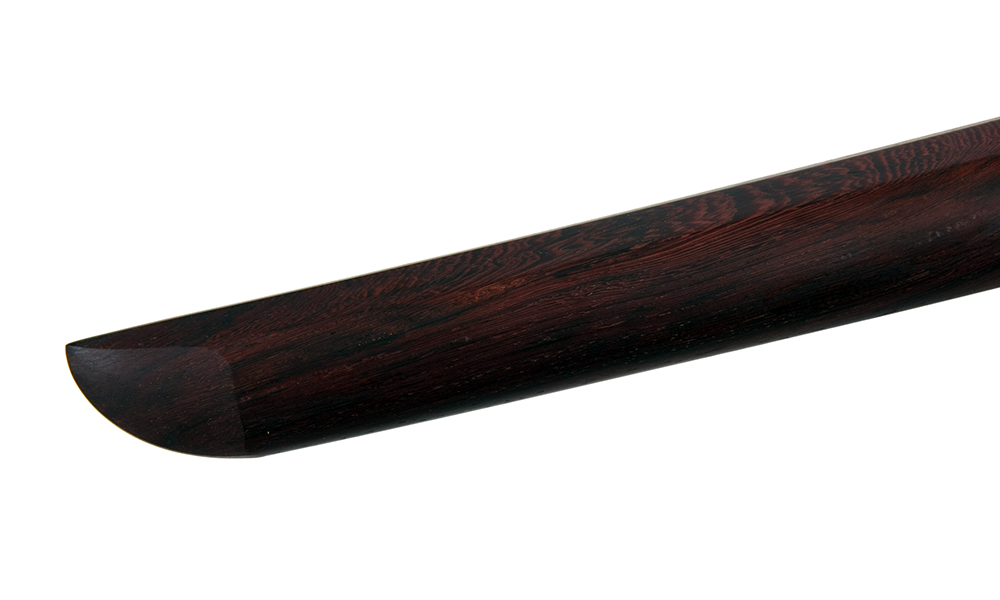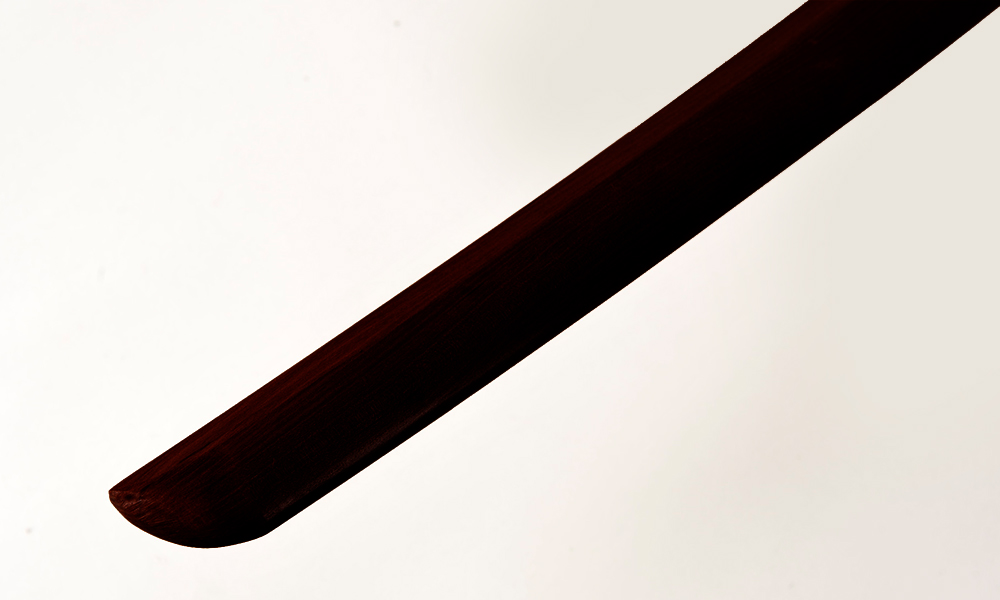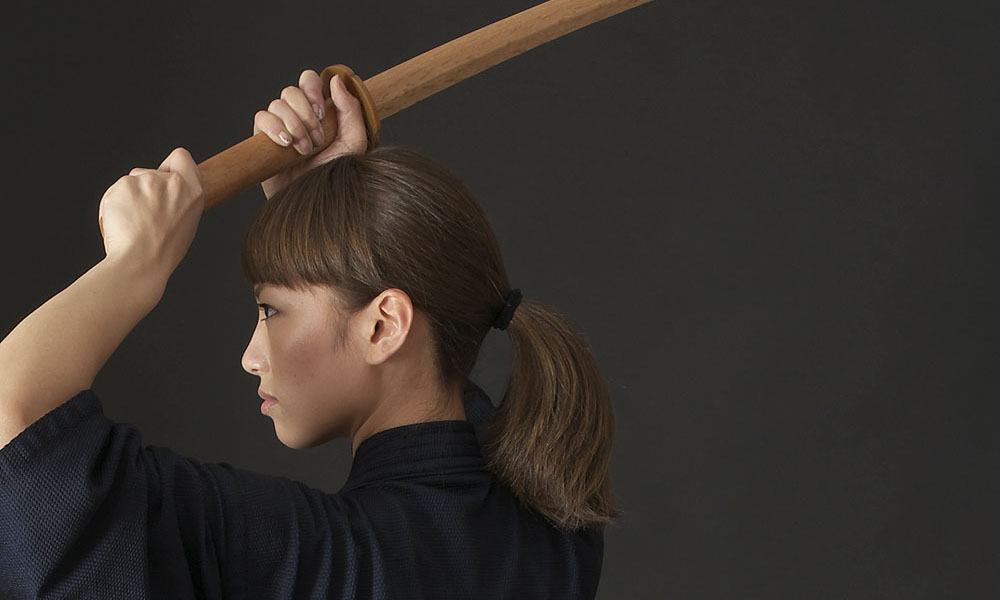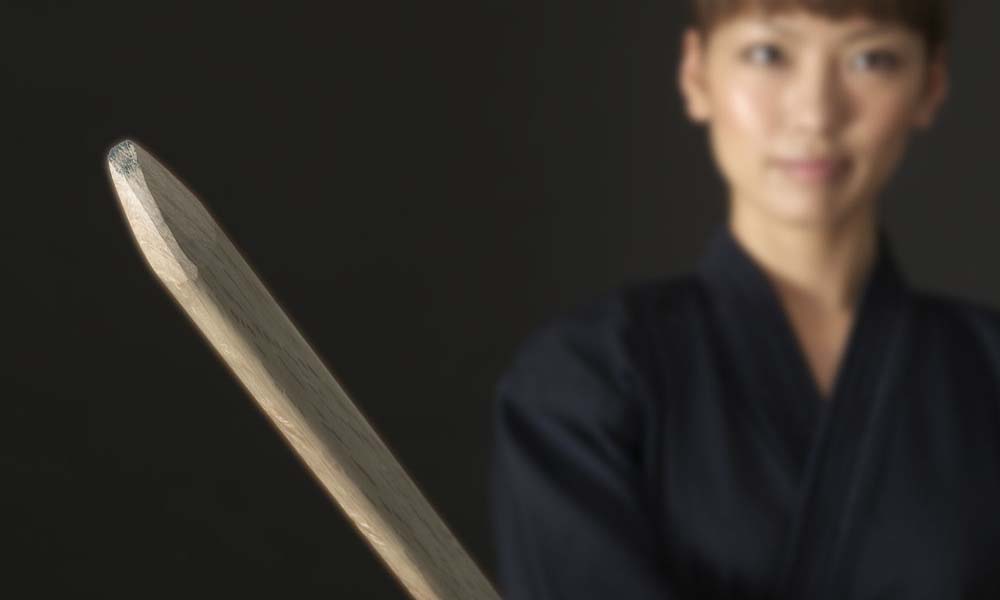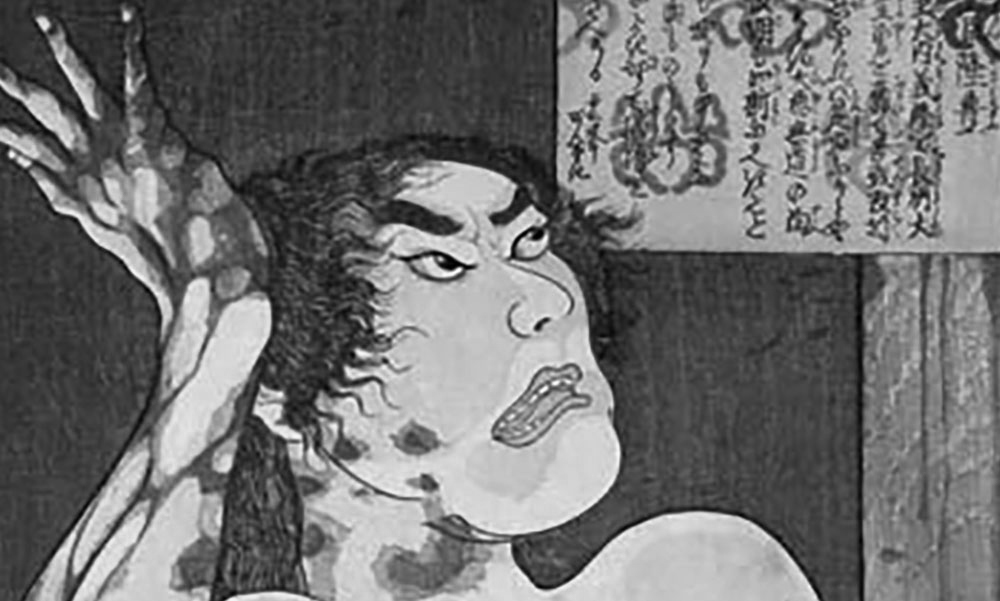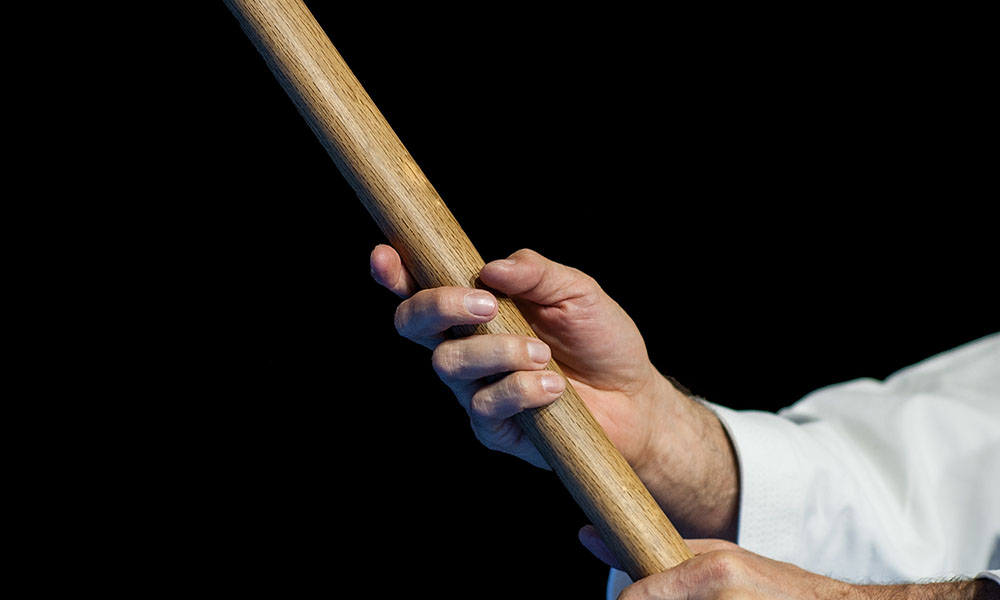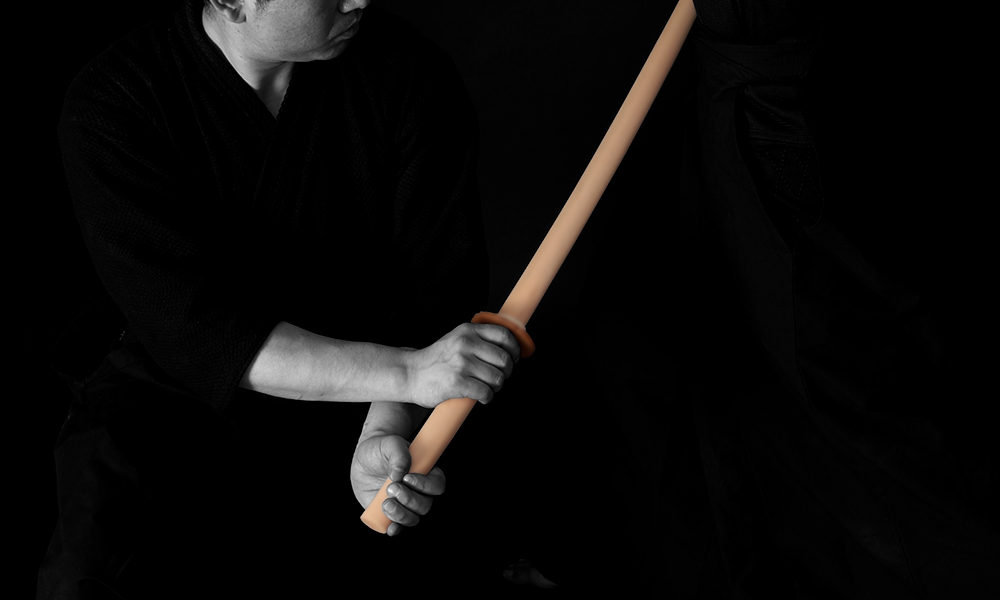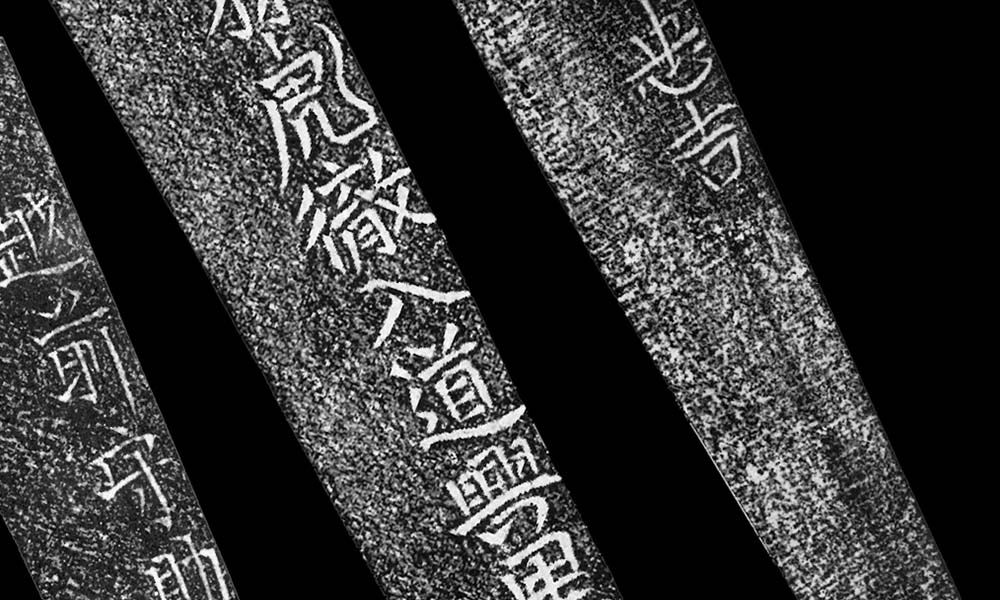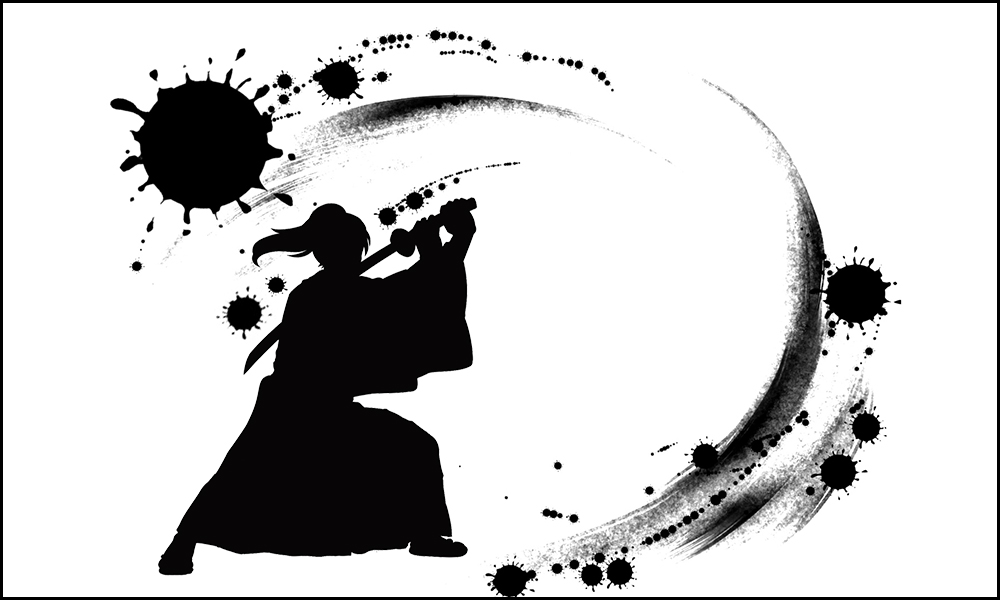Recovering from the 2011 Sendai Earthquake
A winning article for 2017 Tozando Essay Contest Photos and text by Rachelle D. Lawrence In his 17th century treatise on the Japanese sword, Zen, and politics, Yagyu Munemori wrote about the “killing” sword and the “life-giving” sword. The sword that protects a life also takes a life, whether in Read More



